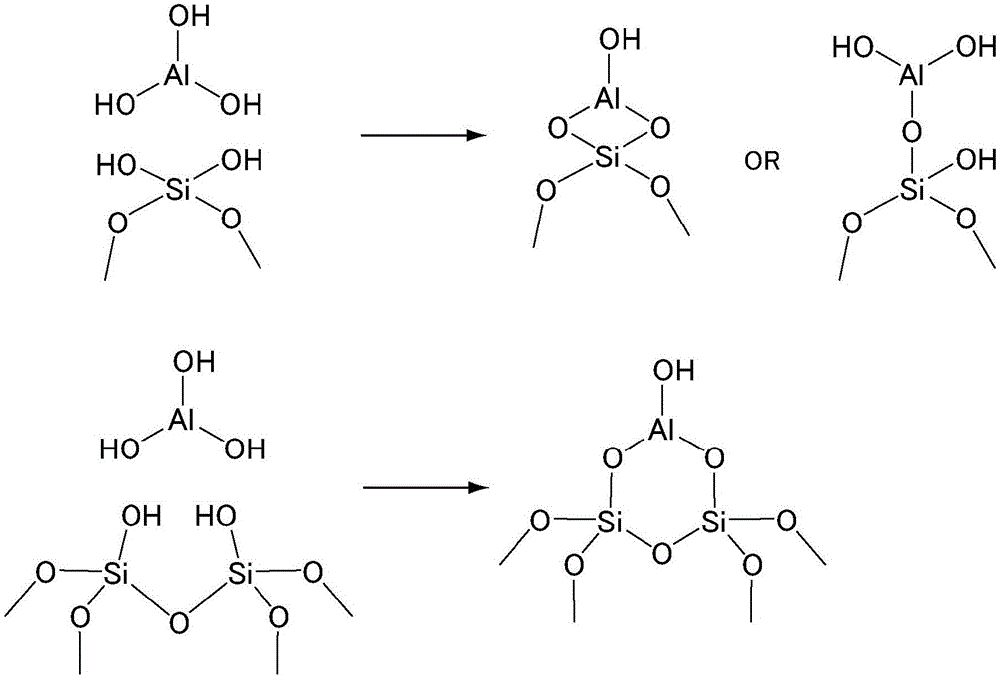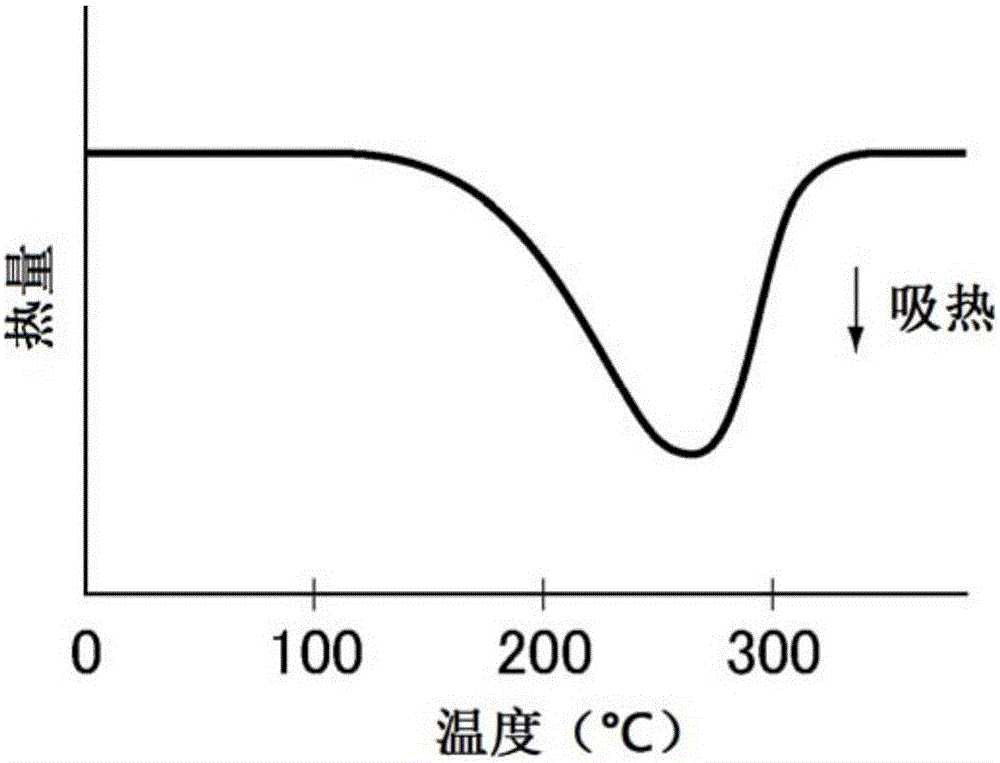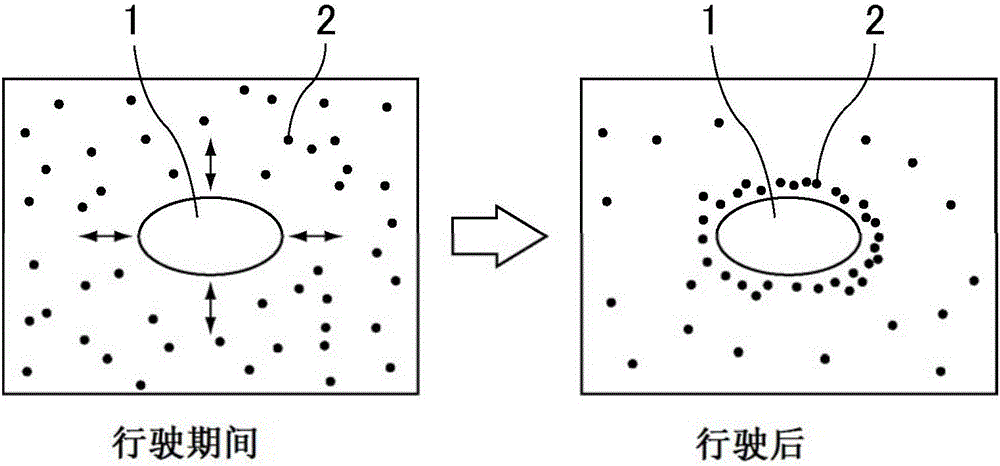Rubber composition for treads and pneumatic tire
一种橡胶组合物、胎面的技术,应用在充气轮胎,胎面用橡胶组合物领域,能够解决很少应用、耐磨性磨损外观恶化等问题,达到高湿抓地性能、高耐磨性、优异抗爆胎性的效果
- Summary
- Abstract
- Description
- Claims
- Application Information
AI Technical Summary
Problems solved by technology
Method used
Image
Examples
preparation example Construction
[0142] In usual production methods, vulcanizing agents are introduced in the final kneading. However, in order to improve its dispersibility in the rubber component to produce more uniform crosslinking, it is preferable to introduce the zinc dithiophosphate in the basic kneading.
[0143] However, in the case where zinc dithiophosphate is used in the form of a masterbatch such as TP-50 from Rhein Chemie and mixed with a dispersing aid, even if zinc dithiophosphate is mixed in the final kneading When incorporated, substantially the same physical properties as those obtained when zinc dithiophosphate is introduced in basic kneading can also be obtained.
[0144] After the basic kneading step, for example, a final kneading step may be performed in which the obtained kneaded mixture 1 is kneaded with a vulcanizing agent (such as sulfur), a vulcanization accelerator, etc. using the kneader as described above ( at a discharge temperature of, for example, 80°C to 110°C), followed by...
Embodiment
[0150] The invention will be described in more detail with reference to non-limiting examples.
[0151] Chemicals used in Examples and Comparative Examples are listed below.
[0152]
[0153] Modified SBR1: a product prepared as follows (oil extender: 37.5 parts, styrene content: 41%, vinyl content: 40%, Tg: -29°C, weight average molecular weight: 1,190,000)
[0154] Silica-modified SBR2: a product produced as follows (styrene content: 27% by mass, vinyl content: 58% by mass, Tg: -27°C, weight average molecular weight: 720,000)
[0155]NS612: Product purchased from Japan Zeon Co., Ltd. (non-oil-extended, styrene content: 15%, vinyl content: 30%, Tg: -65°C, weight average molecular weight: 780,000)
[0156]
[0157] (1) Preparation of chain end modifiers
[0158] Under a nitrogen atmosphere, add 20.8 g of 3-(N,N-dimethylamino)propyltrimethoxysilane (purchased from AZmax Company) into a 250 mL volumetric flask, and then add anhydrous hexane (purchased from Kanto Chemical C...
PUM
| Property | Measurement | Unit |
|---|---|---|
| adsorption capacity | aaaaa | aaaaa |
| softening point | aaaaa | aaaaa |
| specific surface area | aaaaa | aaaaa |
Abstract
Description
Claims
Application Information
 Login to View More
Login to View More - R&D
- Intellectual Property
- Life Sciences
- Materials
- Tech Scout
- Unparalleled Data Quality
- Higher Quality Content
- 60% Fewer Hallucinations
Browse by: Latest US Patents, China's latest patents, Technical Efficacy Thesaurus, Application Domain, Technology Topic, Popular Technical Reports.
© 2025 PatSnap. All rights reserved.Legal|Privacy policy|Modern Slavery Act Transparency Statement|Sitemap|About US| Contact US: help@patsnap.com



